The first of a fleet of new river passenger boats has arrived in London, and they are Europe’s first hybrid high speed passenger ferries that can also run on batteries.
The battery power is for use while the boats are in central London to reduce emissions, and then they switch to a vegetable-based fuel for the rest of the trips, and that is also when the batteries are recharged for their next pass through the centre.
Three of the boats, all built in the UK by Wight Shipyard, have been ordered by Thames Clippers, with the first now in service, the second due by the end of the year, and a third next spring.
The new boats are the latest stage in an evolution of design that first started with their last order, where they were able to reduce fuel consumption with a lighter boat design. That lighter boat design then opened the possibility of adding more weight back– in the form of batteries.
The difficulty they faced was that Uber Boat by Thames Clipper’s vessels have a very shallow draught to be able to work at low tides, but also have a low headroom to fit under the bridges at high tide. So while the boats could be light enough to add batteries to them, they didn’t have the height to carry the extra loads. So they’ve made the boats longer, by about two metres.
The boats now have the capacity to run through the centre of London on zero-emissions, and then once outside central London they switch to the faster HVO fueled engines, which also recharge the batteries at the same time. That saves them from having to have electric fast chargers at the piers when the boats need a battery top-up, with all the issues of having high-voltage power available in the right locations.
Internally, the boats are an enhanced version of what people who have ever travelled on a clipper would expect, a lot of comfortable seats, tables and now with USB/power sockets along the walls.
There’s a load of seats at the exposed rear, for those who want that “wind blowing in the hair” effect as the boat ramps up the speed outside the central zone, and yes, a cafe space inside for the morning coffee or evening gin.
The most noticeable difference though is the noise, or more correctly, the lack of noise. When in battery mode, if you’re sitting inside, you can just about hear an electric motor noise, but otherwise, the boats are remarkably quiet. If you’re sitting out the back in the wind, then the fans keeping the battery engines cool are noticeable, but still a lot quieter than when the engine switches over to liquid fuel.
As well as being the first hybrid boat for the business, it is also its largest at 40m long – almost the length of two tennis courts laid end to end – and has a capacity of 230 passengers.
And not many commutes come with a Union Jack on the front.
The new boats will ply the Thames between Battersea and Barking.
Work is now underway to deliver London’s first fully electric Zero Emission Cross River Ferry between Canary Wharf and Rotherhithe by the spring of 2025 – the first of its kind in the UK. The company’s plans up to 2030 include an investment of £70 million in a new fleet.

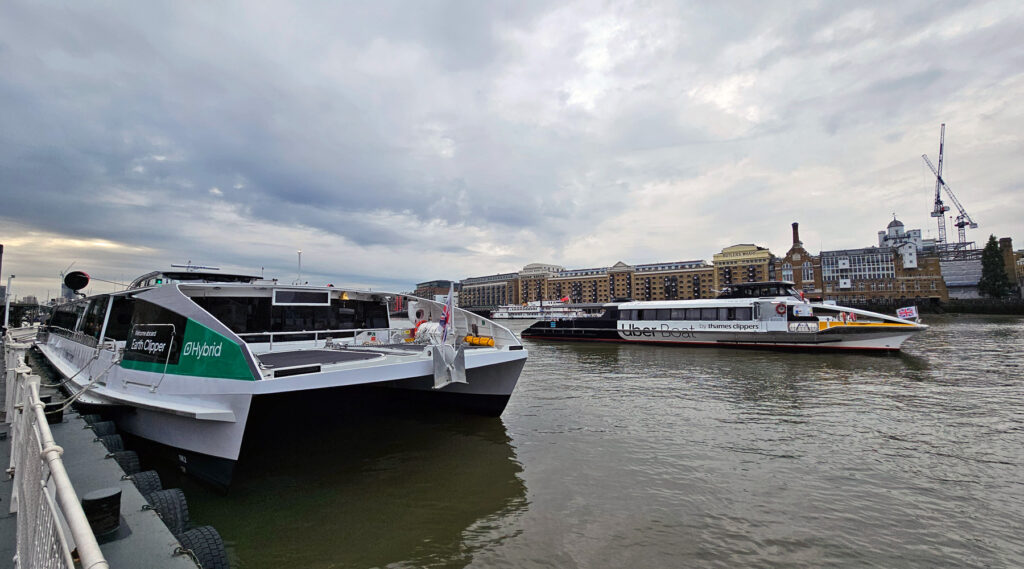
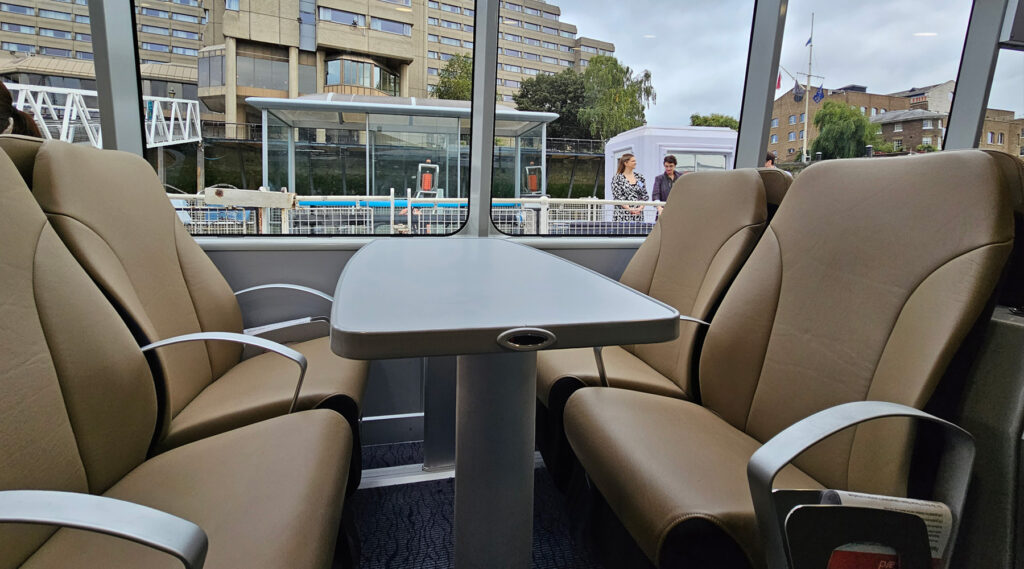
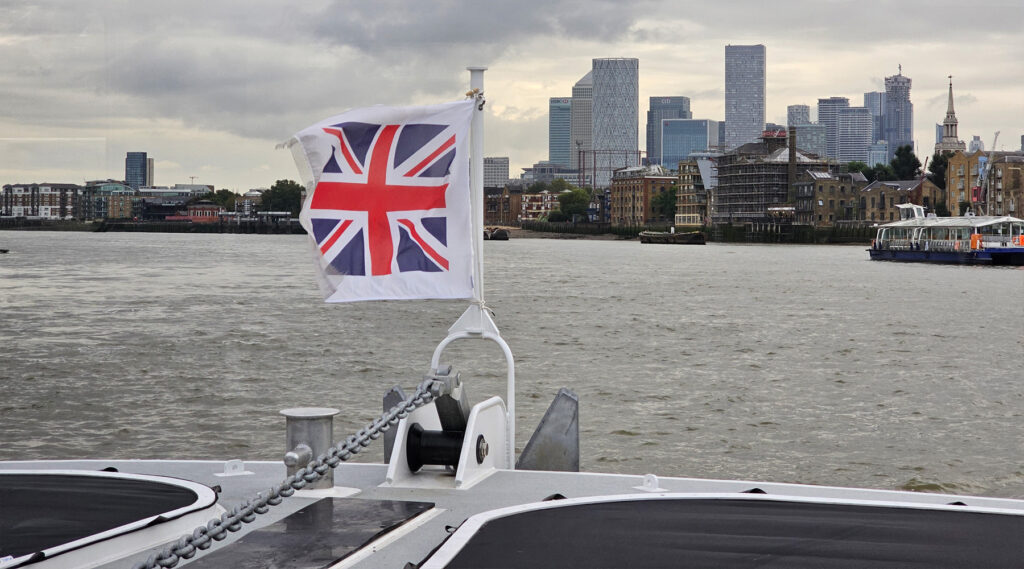
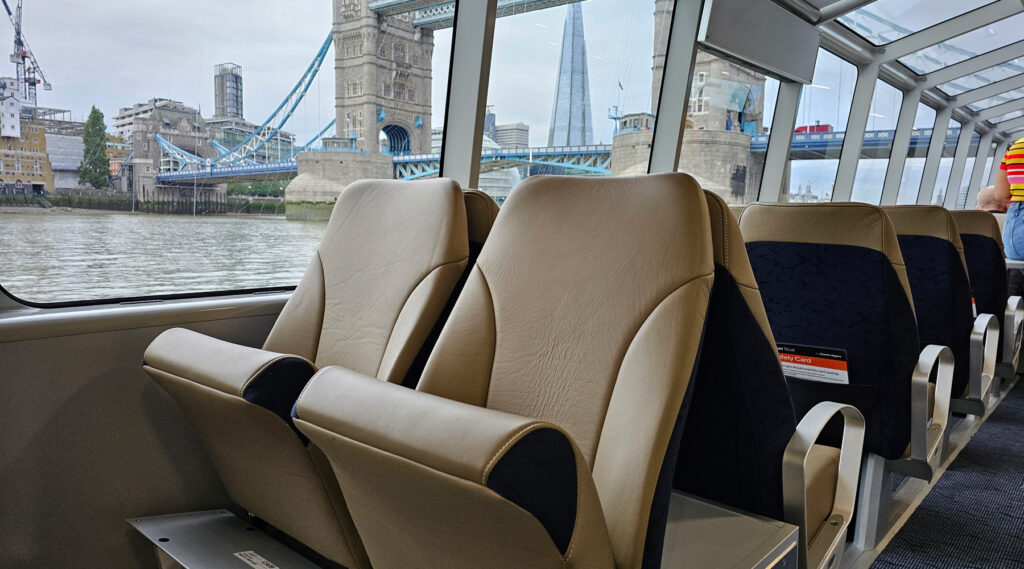
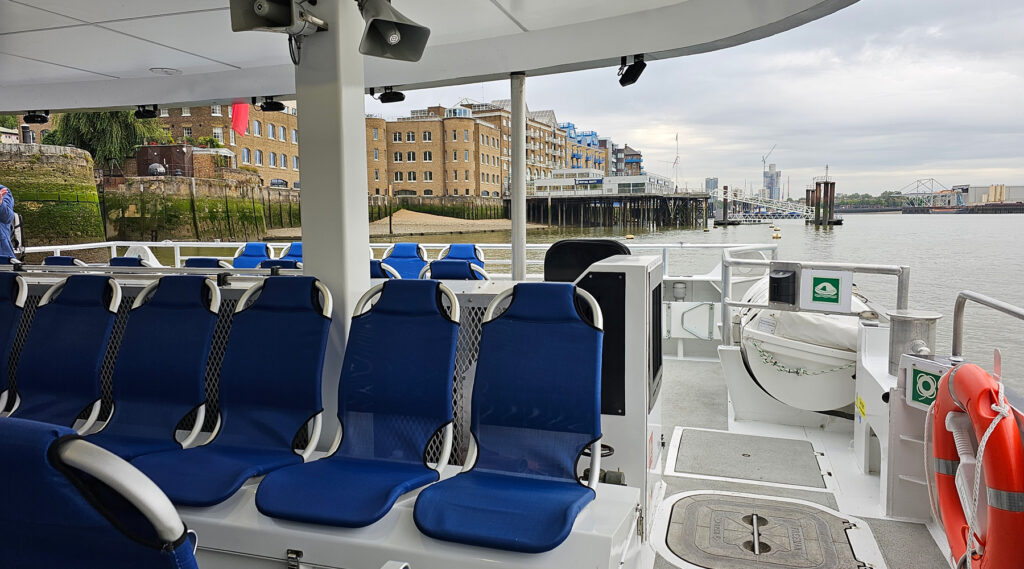
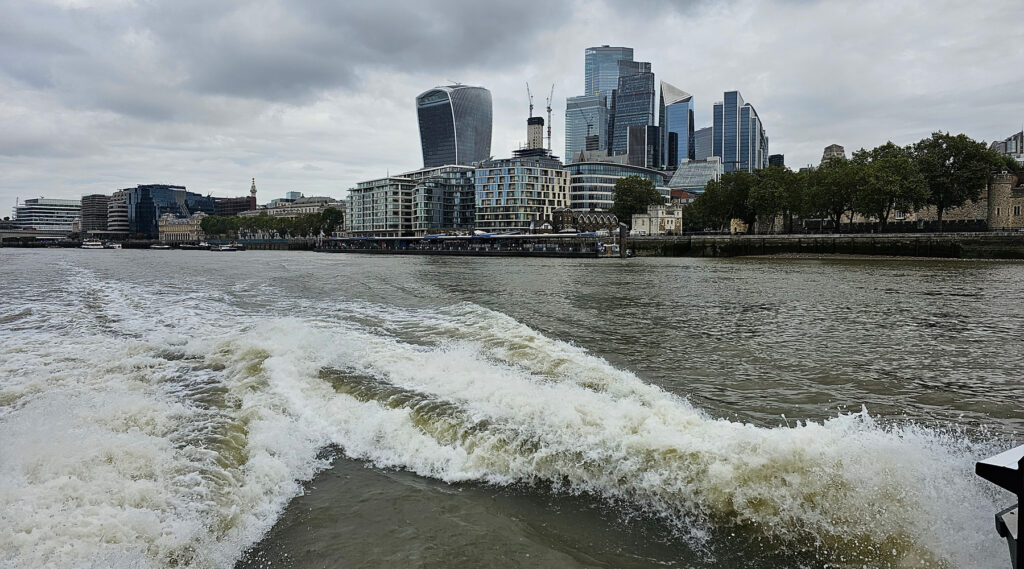
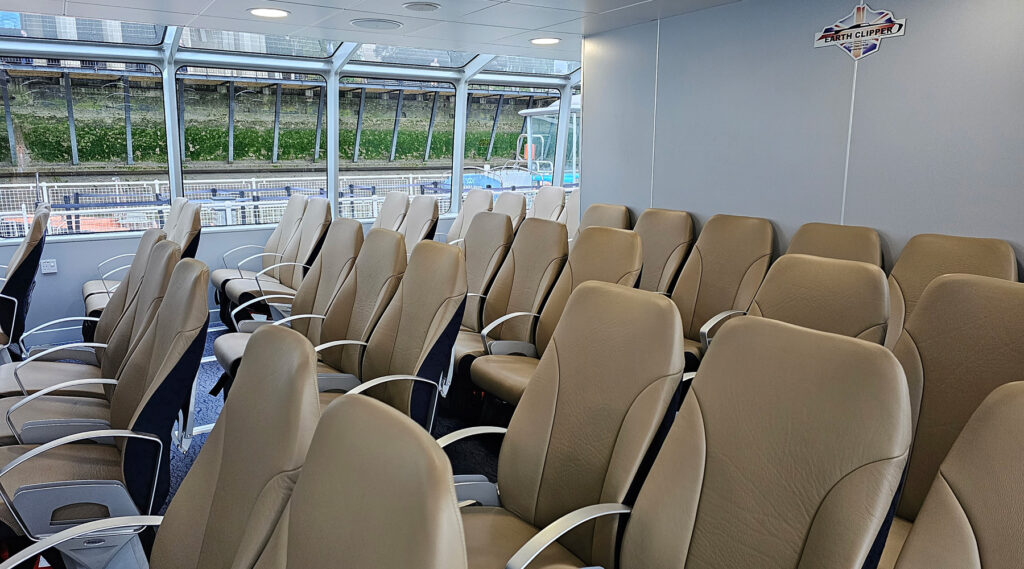
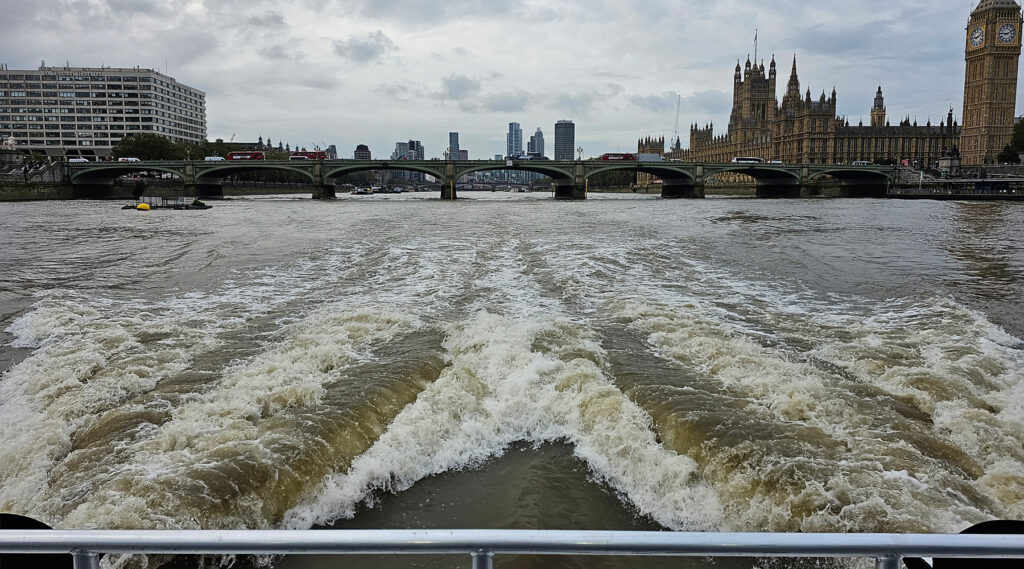






Have been looking forward to travelling on one, hopefully now it’ll be soon, I certainly won’t miss smell of diesel when the winds blowing in the wrong direction which I hope the new fuel addresses to some extent.
So they’ve shifted the emissions from central London, to outer London, and are using recycled diesel. Better than nothing, but it’s a shame that there are not external chargers to charge batteries from green electricity.
They’re not using recycled diesel.